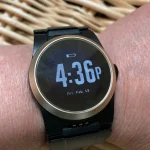Introduction to Wearable Devices
Wearable devices, a broad term for a range of technology-infused accessories designed to be worn on the body, have revolutionized the way we interact with the world. From smartwatches to fitness trackers, these devices are becoming increasingly integrated into our daily lives, providing us with valuable insights into our health and well-being.
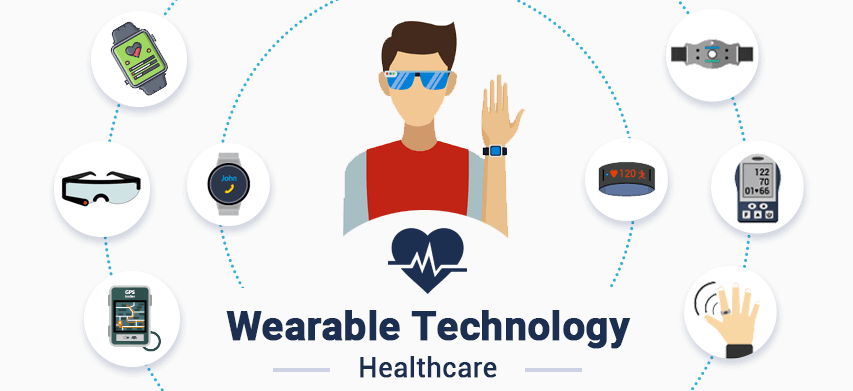
Evolution of Wearable Technology
The evolution of wearable technology is a testament to human ingenuity and our constant quest for better ways to live. Beginning with rudimentary devices like heart rate monitors to today’s sophisticated smartwatches, wearable tech has come a long way.
Relevance of Wearable Devices Today
In today’s digital era, wearable devices are more relevant than ever. With millions of units sold worldwide, these devices empower users by providing real-time data about their health and fitness, making them particularly beneficial for seniors who need to keep a close eye on their health.
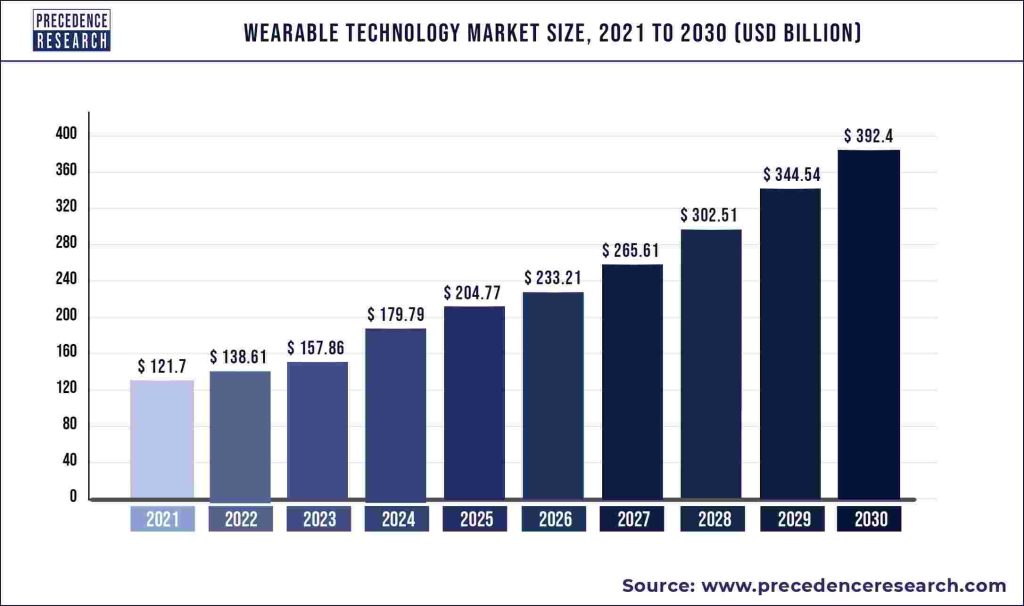
The Intersection of Wearable Technology and Senior Health
As the digital revolution permeates every facet of our lives, a significant trend is the rise of wearable technology for senior health. Essential health data, once only obtainable through cumbersome medical procedures, can now be tracked in real-time, offering invaluable insights for seniors and healthcare providers alike.
Why Seniors Should Consider Using Wearable Devices
Seniors should consider using wearable devices for several reasons. First, these devices provide a convenient means of monitoring health parameters such as heart rate, oxygen levels, sleep quality, and physical activity. This continuous data collection can help detect health issues early, potentially preventing serious complications.
- Second, many wearables are equipped with emergency alert systems, providing an additional layer of safety for seniors living alone.
- Lastly, these devices can foster a sense of empowerment, allowing seniors to take active participation in their health management.
Types of Wearable Devices for Seniors
Senior citizens today have a wide variety of wearable technologies at their disposal. These devices not only enhance their everyday life but also ensure they maintain optimum health.
Fitness Trackers
Devices such as Fitbit Charge 4 are designed to monitor daily activities, track sleep patterns, and count steps. They come with easy-to-use interfaces and long battery life, perfect for a senior’s lifestyle.
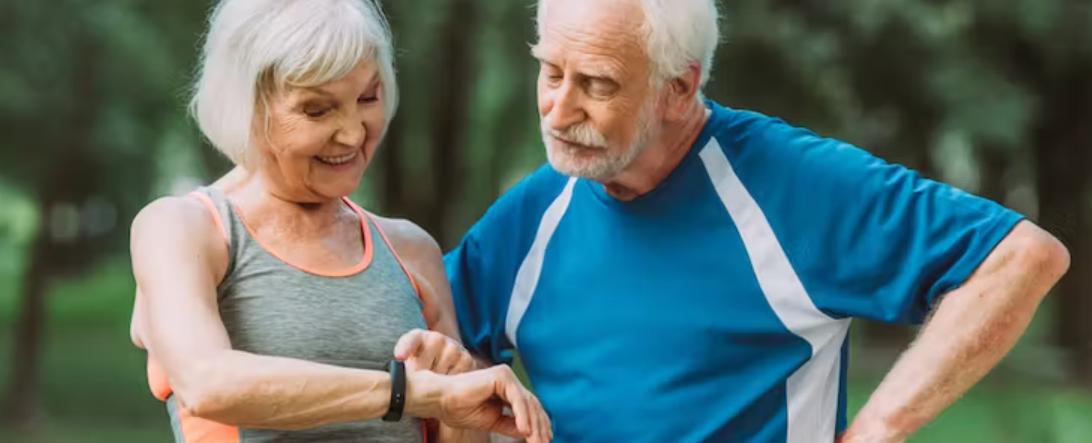
Smart Watches
Smartwatches like Apple Watch Series 6 are equipped with advanced features such as fall detection, ECG monitoring, and emergency SOS, making them an effective tool for seniors’ safety and health monitoring.
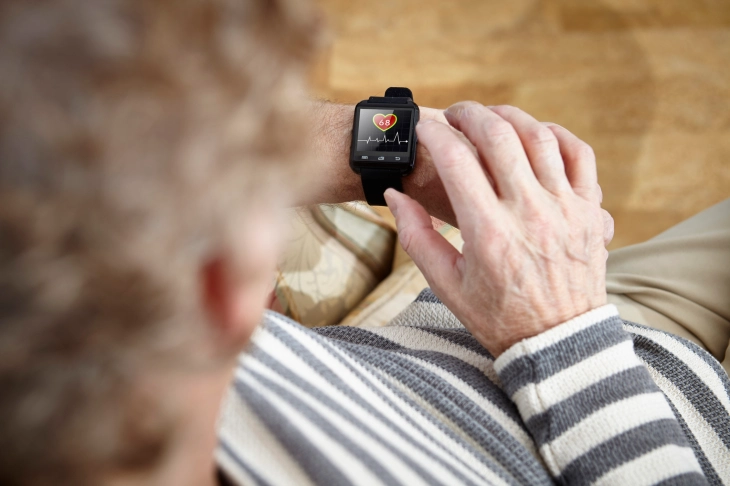
GPS Trackers
Devices like Jiobit GPS tracker provide real-time location tracking, ensuring seniors’ safety when they are away from home. It’s a peace-of-mind gadget for caregivers too.

Recommendations
Choosing the right wearable device depends on the specific needs of the individual. It’s important to consider factors like ease of use, battery life, and specific health requirements when making a choice.
Enhancing Emergency Response with Wearable Devices
Wearable devices are revolutionizing senior health care by significantly speeding up emergency response times. These devices, often worn on the wrist or around the neck, are equipped with lifesaving features such as fall detection, heart rate monitoring, and GPS tracking.
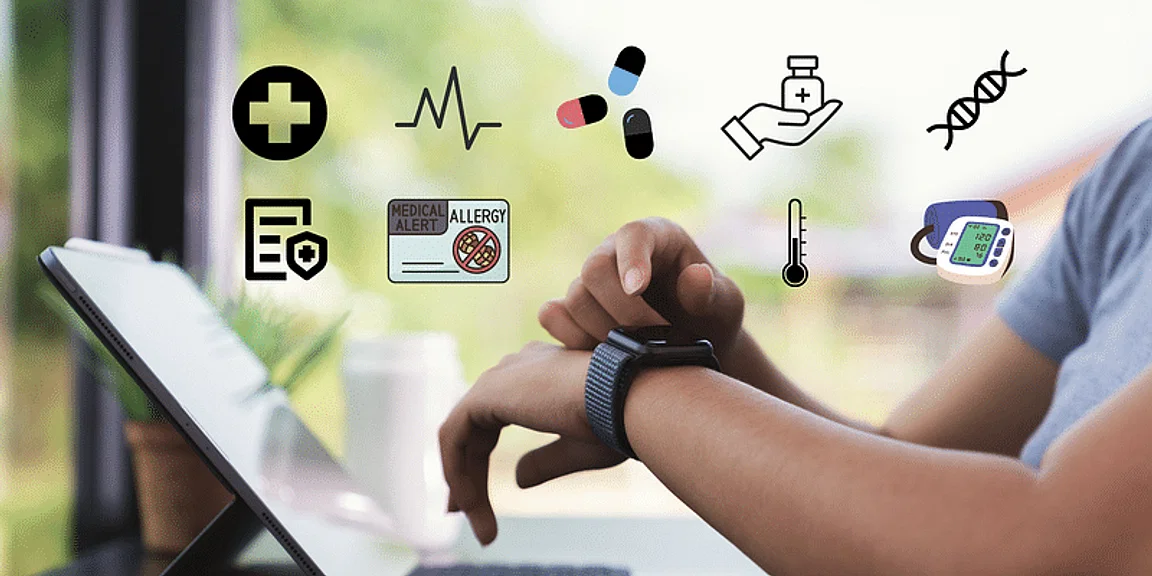
Fall detection sensors in wearable devices can automatically alert emergency services when a sudden drop in movement is detected, reducing the time taken for help to arrive. Furthermore, heart rate monitors provide real-time data about the wearer’s heart rate, allowing for quicker detection and response to any abnormalities.
GPS tracking is another crucial feature that can enhance emergency response. In case of distress, the exact location of the senior can be ascertained, enabling faster dispatch of aid.
Conclusion
In conclusion, wearable devices are an invaluable tool in improving senior health by enhancing emergency response times through their various features.
Encouraging Physical Activity and Fitness with Wearable Devices
Wearable devices have emerged as a powerful tool to inspire seniors to lead a more active lifestyle, thereby enhancing their physical fitness. These innovative gadgets, such as Fitbit and Apple Watch, offer user-friendly features that track and monitor various aspects of physical health.
One of the key features is the step counter, which motivates seniors to increase their daily walking distance. By setting personal goals and monitoring progress, these devices encourage consistent movement and activity.

Additionally, sleep trackers provide insights into sleep patterns and quality, thus promoting the importance of restful sleep in overall health. Workout logs, another significant feature, allow seniors to record different types of exercises, further fostering a habit of regular physical activity.
These features, combined with the convenience and ease of use, make wearable devices a potential game-changer in encouraging seniors to maintain their physical fitness and overall health.
Considering incorporating wearable technology into your fitness regimen? Check out this helpful guide from the National Institute on Aging.
Assisting with Disease Management Through Wearable Devices
Wearable devices are revolutionizing the way we manage chronic diseases, particularly among seniors. These devices, such as heart rate monitors and glucose monitors, provide real-time data that can be critical in managing conditions like heart disease and diabetes.
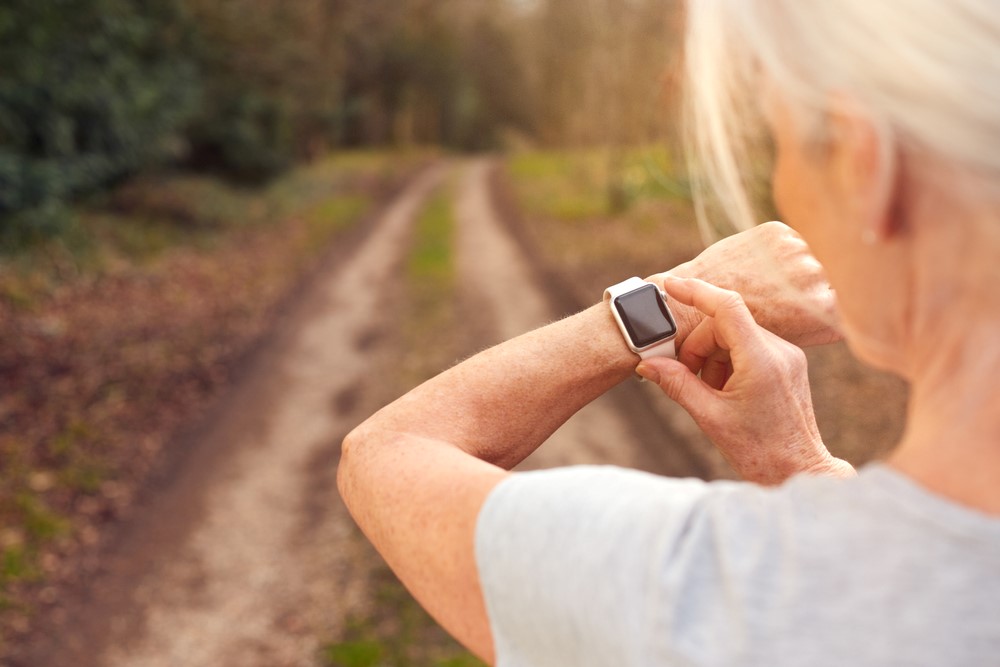
Such health trackers can alert users to potential health issues before they become severe. Continuous monitoring of physical parameters allows for proactive, rather than reactive, healthcare strategies. This not only improves the quality of life for seniors, but also reduces the burden on healthcare systems.
Moreover, with the advent of smart wearable devices, data can be shared directly with healthcare providers. This enables remote patient monitoring and timely intervention, leading to improved disease management.
Wearable technology is truly a game-changer in the field of senior healthcare, making disease management more efficient and effective than ever before.
As we age, maintaining mental health and social connections becomes increasingly important. Research indicates that social engagement can help seniors stay mentally sharp and emotionally balanced. Thankfully, the advent of wearable technology offers practical solutions to support these needs.
Wearable devices are designed with numerous features that provide direct benefits to seniors. For example, reminders can prompt seniors to take their medication or engage in physical activity. These reminders can be customized to suit individual needs, promoting an active lifestyle and better mental health.
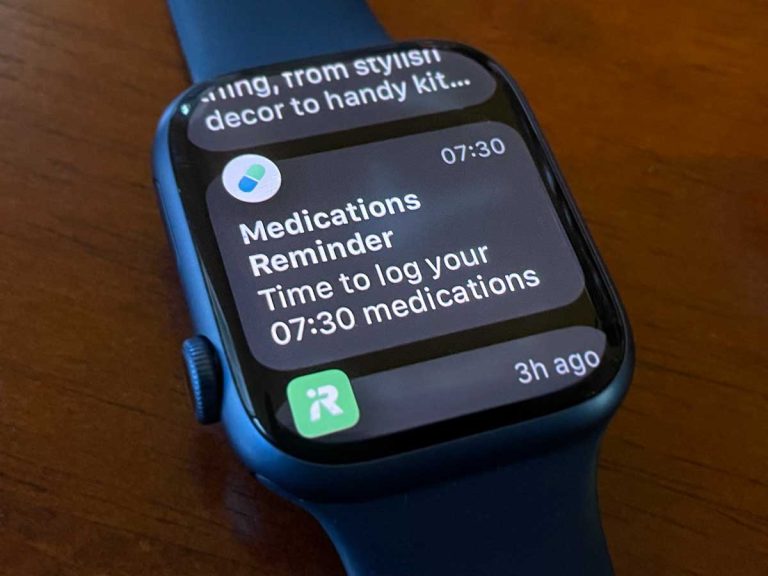
Communication Tools and Social Networking Applications
Wearable devices also serve as powerful communication tools. They typically include features like voice and video calls, text messaging, and emergency contact alerts. This functionality not only provides a safety net for seniors but also fosters social interaction.
Moreover, social networking applications on wearable devices make it easier for seniors to stay connected with friends and family. These platforms can also be used to join interest groups and engage in social activities, further enhancing mental health. Report suggests that seniors who remain socially engaged are less likely to develop cognitive decline and depression.
Risks and Considerations for Wearable Devices for Seniors
While wearable devices offer a myriad of benefits for senior health, it’s crucial to understand potential risks and drawbacks. One significant concern is privacy. With wearable devices constantly tracking and storing personal health information, questions arise regarding data security and adherence to HIPAA regulations. It’s important to ensure the chosen device has robust privacy measures in place.
Another consideration is the technology learning curve. Seniors may find it challenging to adapt to the use of high-tech devices. Thus, selecting a user-friendly device with straightforward functionalities can help mitigate this issue.
Lastly, device reliability is paramount. Seniors need a trustworthy device that accurately tracks health metrics and offers timely alerts.
Choosing the Right Wearable Device
When selecting a wearable device, considering individual health needs is essential. For seniors with heart conditions, devices with heart rate monitors might be ideal. Meanwhile, those with mobility issues may benefit from devices with fall detection technology. It’s advisable to consult healthcare professionals to understand which device features would be most beneficial.

